- Monday 8:00AM - 5:00PM
- Tuesday 8:00AM - 5:00PM
- Wednesday 8:00AM - 5:00PM
- Thursday 8:00AM - 5:00PM
- Friday 8:00AM - 5:00PM
- Saturday 8:00AM - 2:00PM
- Sunday Closed

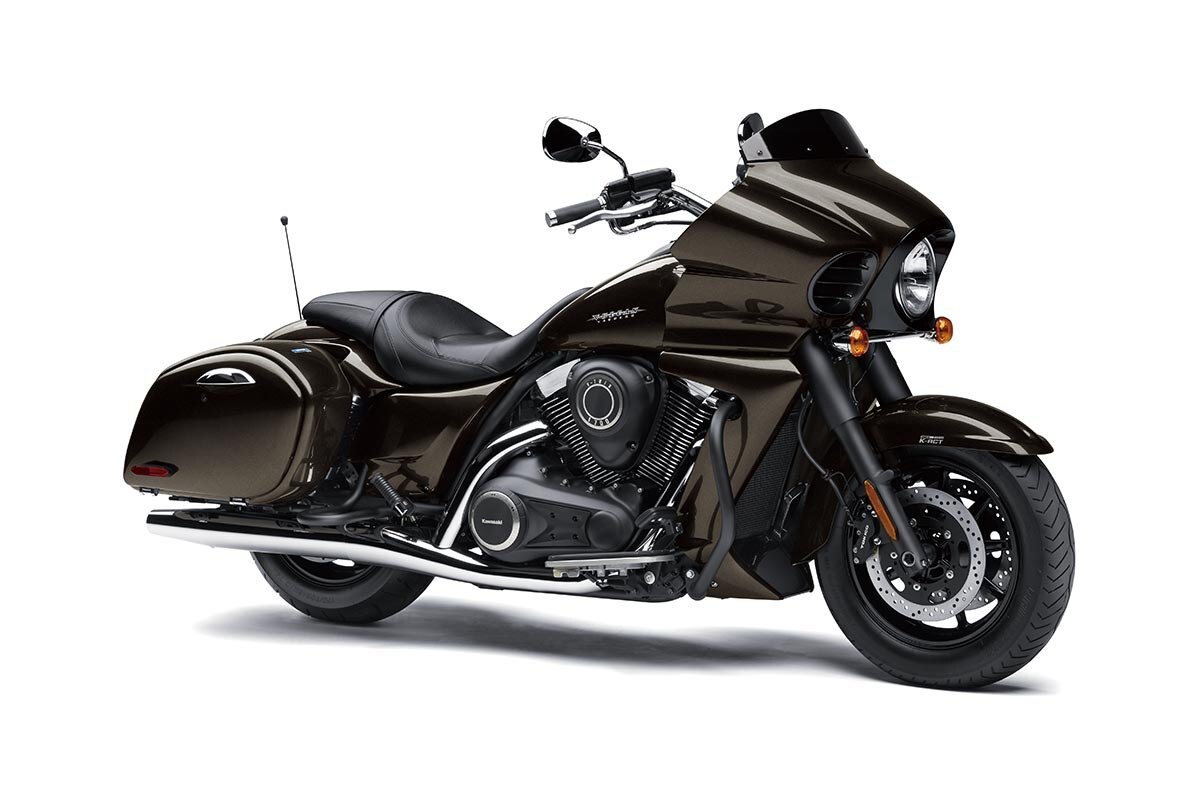
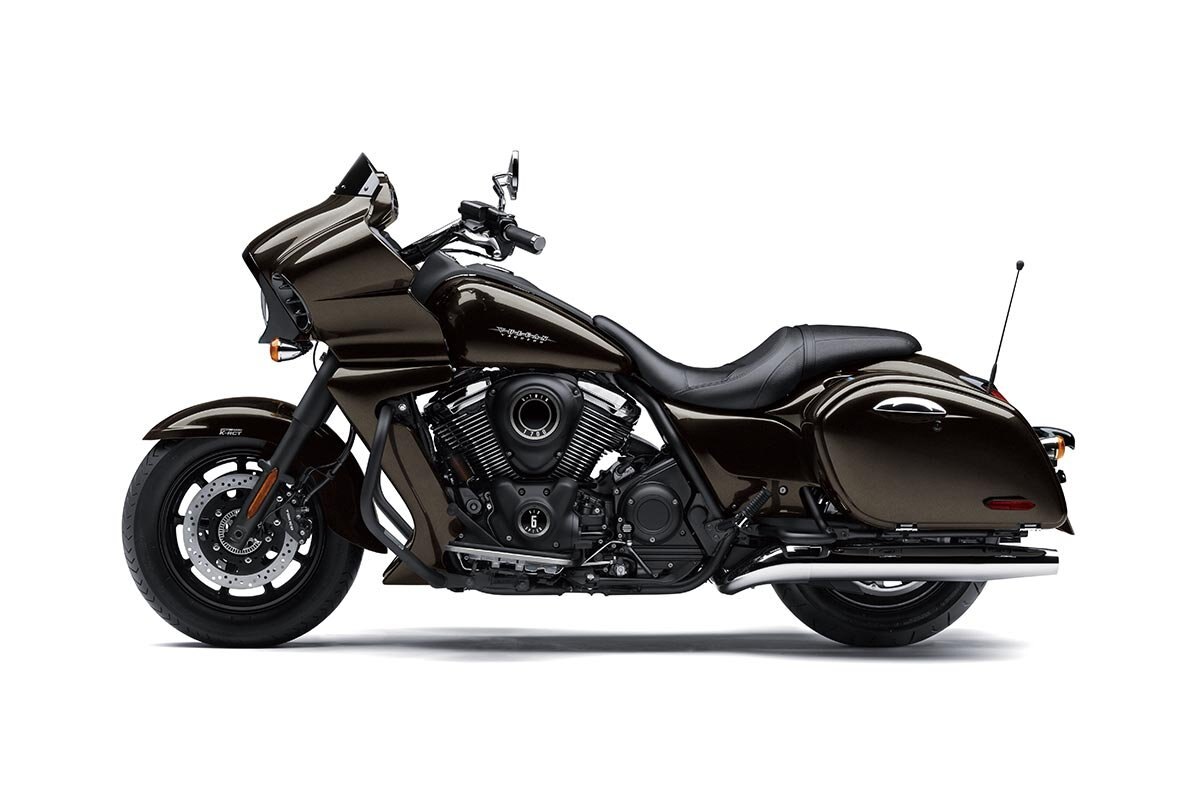
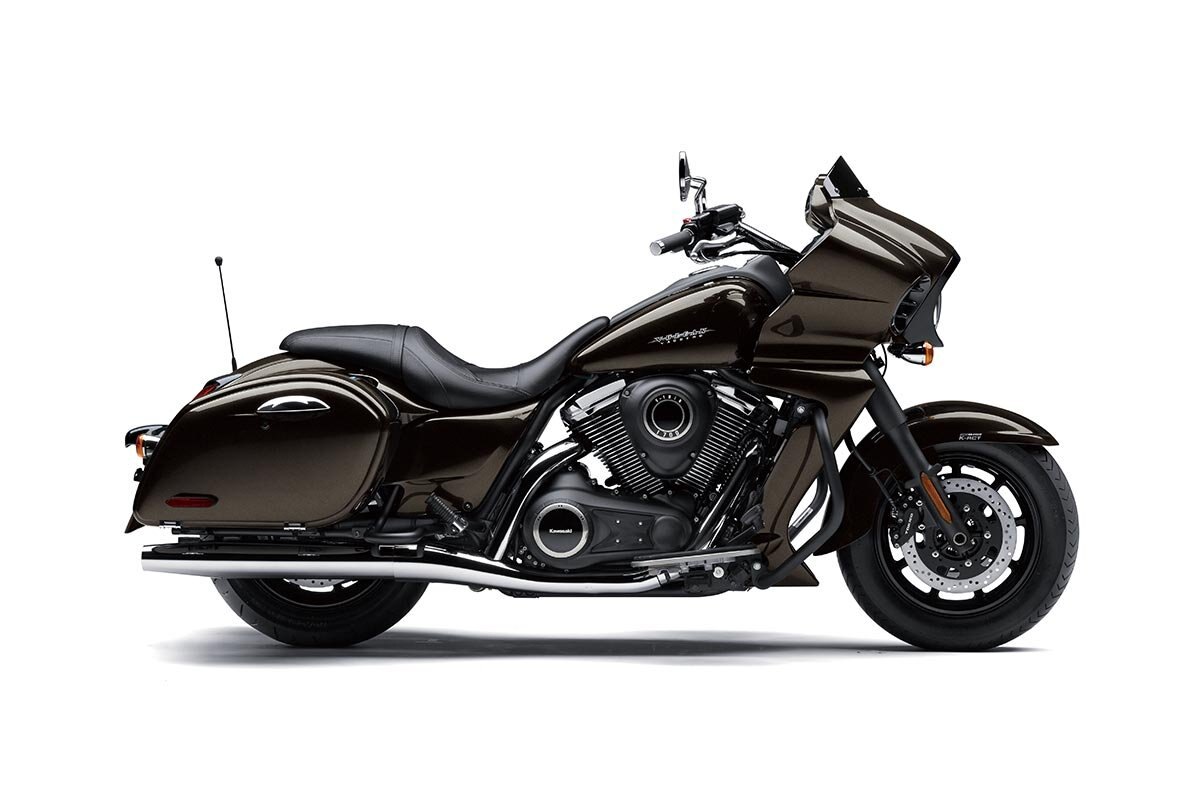
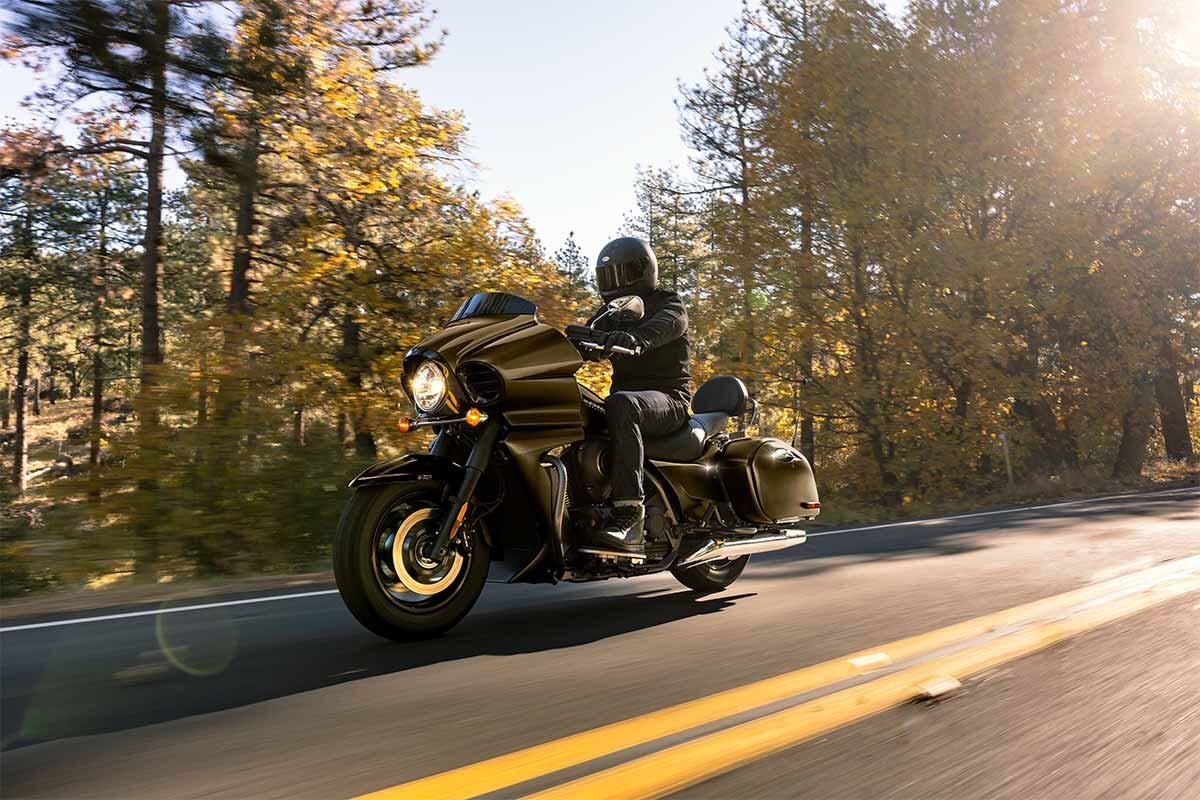
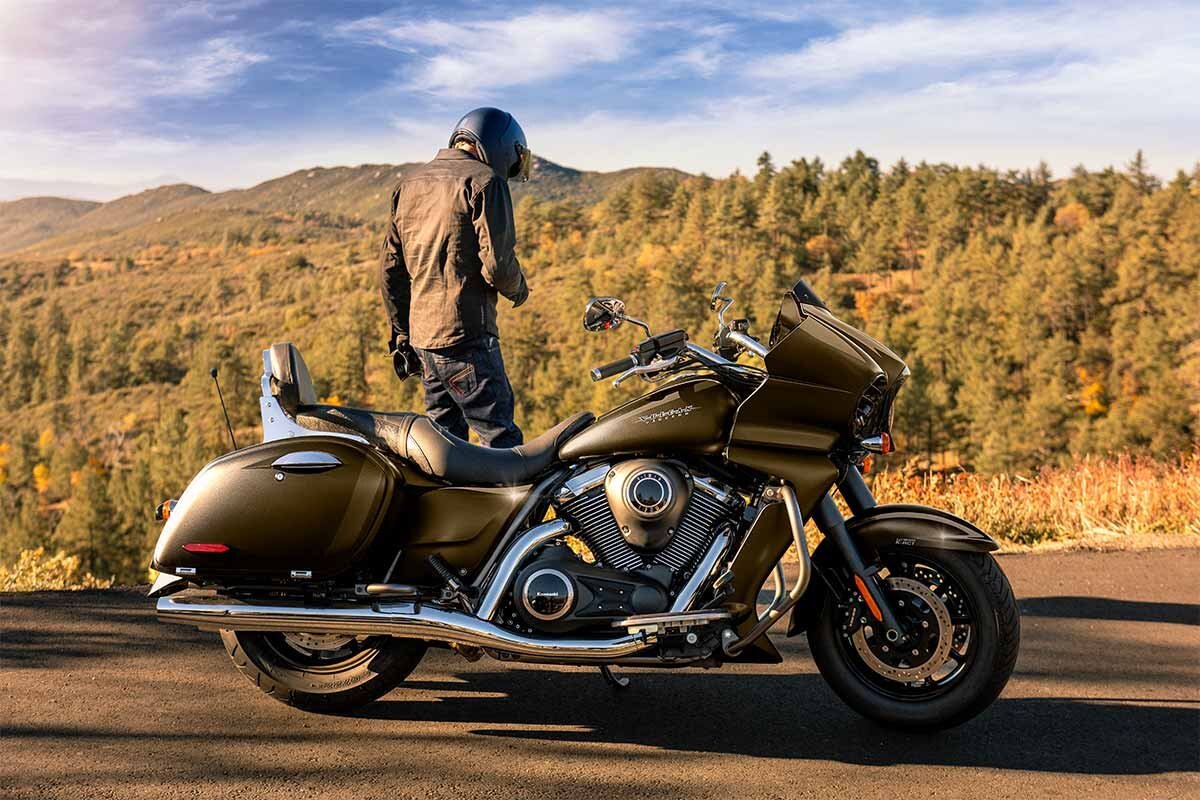

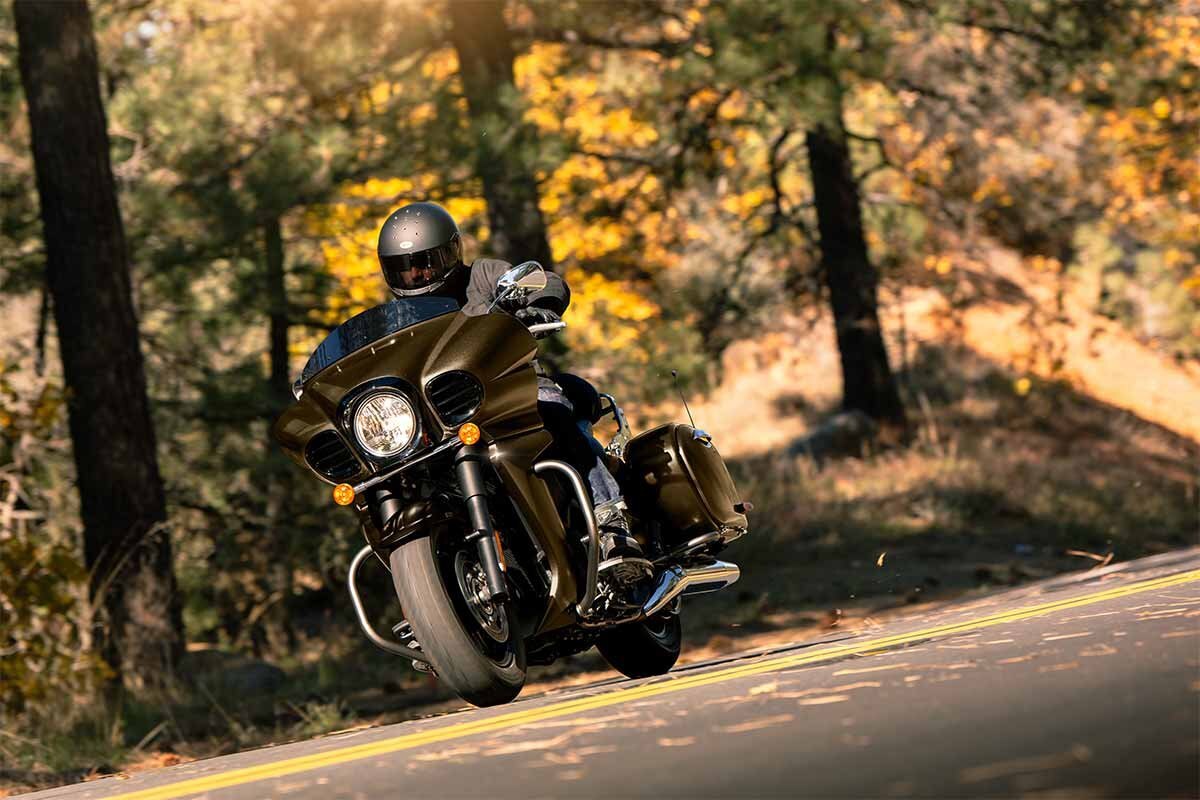
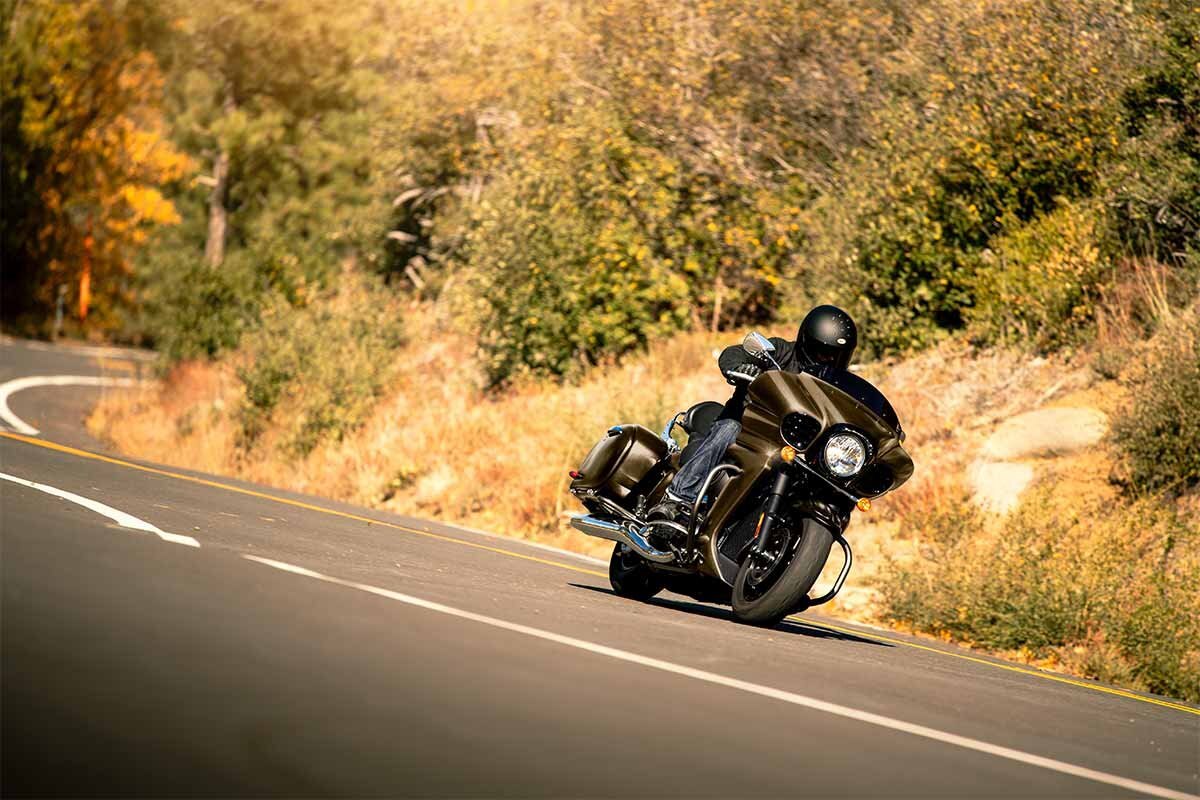
2025 Kawasaki VULCAN 1700 VAQUERO
| It may look like a custom V-twin bagger, but the Vulcan 1700 Vaquero cruiser is in a class of its own. A roaring 1,700cc engine featuring advanced Kawasaki technology offers a smooth, reassuring ride. The blacked-out engine, distinct styling and select chrome accents create a unique and bold appearance. |
FEATURING:
|
ADDITIONAL VEHICLE FEATURES:
|
Engine Management Technology
ELECTRONIC THROTTLE VALVES
|
ELECTRONIC CRUISE CONTROLElectronic Cruise Control allows a desired speed (engine rpm) to be maintained with the simple press of a button. Once activated, the rider does not have to constantly apply the throttle. This reduces stress on the right hand when traveling long distances, enabling relaxed cruising and contributing to a high level of riding comfort. |
|
-
 In Stock2004 HARLEY DAVIDSON 1200 CUSTOM - LOW MILES!!!!!!!! $5,899.00
In Stock2004 HARLEY DAVIDSON 1200 CUSTOM - LOW MILES!!!!!!!! $5,899.00 -
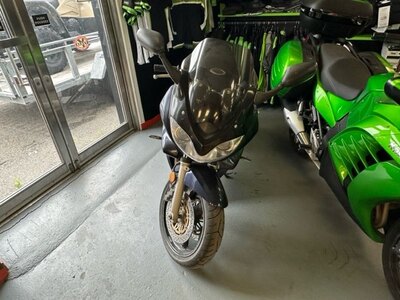 In Stock2004 SUZUKI BANDIT - AS IS!!!! $1,995.00
In Stock2004 SUZUKI BANDIT - AS IS!!!! $1,995.00 -
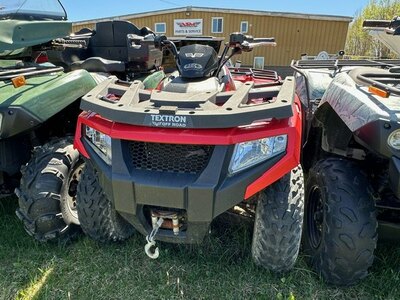 In Stock2018 TEXTRON/ARCTIC CAT Alterra 500 $5,899.00
In Stock2018 TEXTRON/ARCTIC CAT Alterra 500 $5,899.00 -
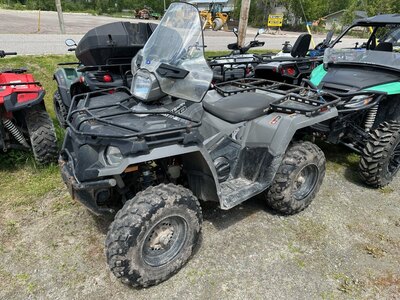 In Stock2018 POLARIS SPORTSMAN!!! JUST TRADED!!! $6,999.00
In Stock2018 POLARIS SPORTSMAN!!! JUST TRADED!!! $6,999.00 -
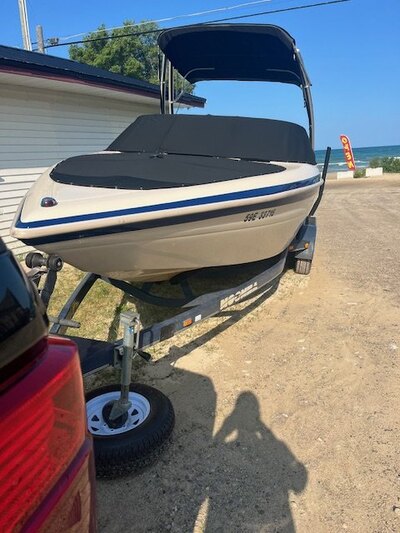 In Stock2001 MOOMBA KAMBERRA $16,999.00
In Stock2001 MOOMBA KAMBERRA $16,999.00 -
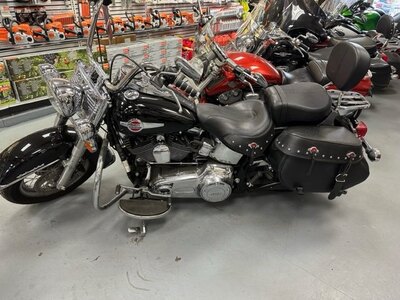 In Stock2017 HARLEY DAVIDSON HERITAGE CLASSIC $15,999.00
In Stock2017 HARLEY DAVIDSON HERITAGE CLASSIC $15,999.00 -
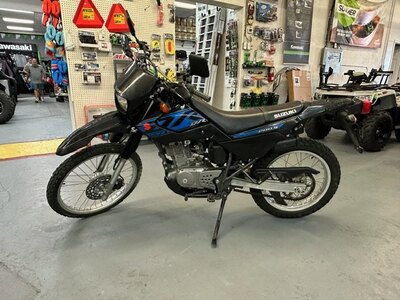 In Stock2017 SUZUKI DR-200S - LOW MILES $3,699.00
In Stock2017 SUZUKI DR-200S - LOW MILES $3,699.00 -
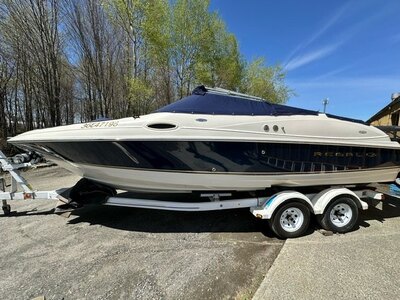 In StockREGAL LSR 2400 INBOARD/OUTBOARD PACKAGE - RECENT TRADE!!!!! $29,995.00
In StockREGAL LSR 2400 INBOARD/OUTBOARD PACKAGE - RECENT TRADE!!!!! $29,995.00 -
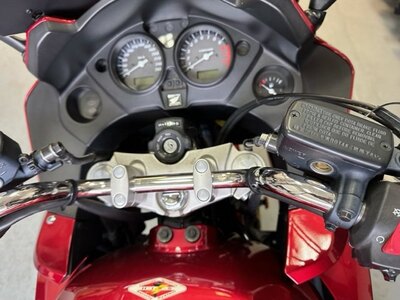 In Stock2009 HONDA CBF 1000 $6,599.00
In Stock2009 HONDA CBF 1000 $6,599.00 -
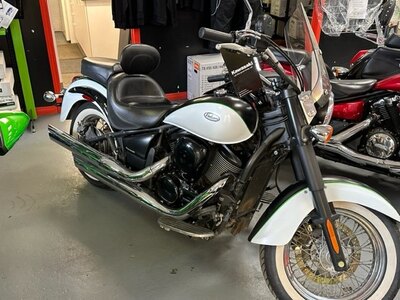 In Stock2015 KAWASAKI VULCAN 900 CLASSIC $5,599.00
In Stock2015 KAWASAKI VULCAN 900 CLASSIC $5,599.00







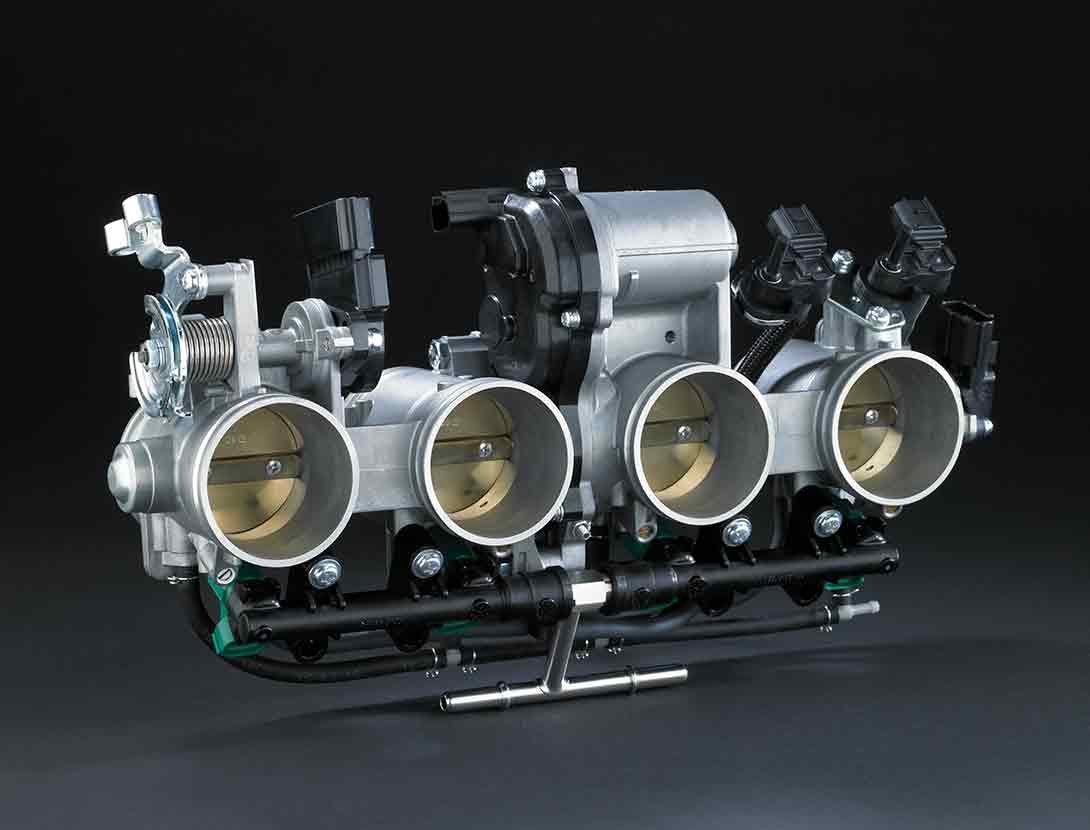
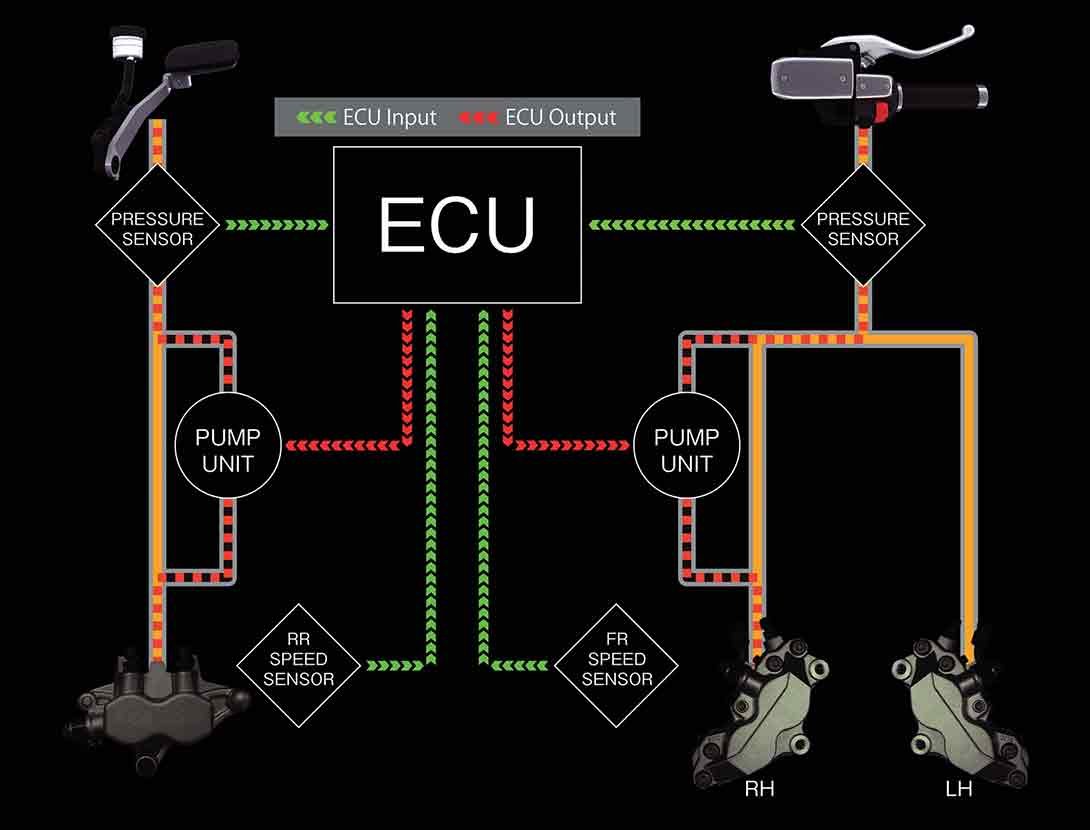 Chassis Management Technology
Chassis Management Technology
